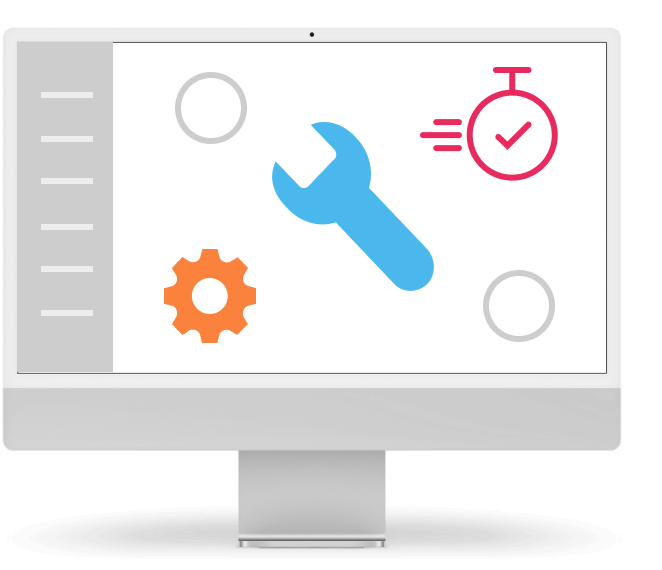Optimization of Truly Necessary IT Resources
Content
This problem stems from a basic misunderstanding – physical server is the same as the virtual one.
Maybe you have also encountered this. A phone is one of the basic tools management uses and that means that it happens quite often that a device just stops working. Then there comes the time to select a new one and migrate everything. You create a backup, migrate the data and settings, function 1:1 just with a new design and better system.
That’s how it works most of the time. The thing is that in IT, this doesn’t always apply. Many companies trip on this issue when changing their infrastructure. They migrate the architecture 1:1 regarding the amount of computing power and then they pay much more that it would actually be necessary.
This problem stems from a basic misunderstanding – a physical server is the same as a virtual one.
Technology Difference between Physical and Cloud
If your company runs IT on physical servers, then you know that it has certain computing parameters. Thanks to processors, operational memory and drives, you do operations that enable your apps to run and store your data.
The thing that is confusing is that parameters with the same name can be found in the virtual world. Virtual processors, virtual RAM, virtual drives… but not all of them fit their physical counterparts. There is a division that happens with processors.
What Actually Is a Virtual Processor
I know that tech slang is not really comfortable and I am getting into it now. But there is a reason for it – in this case -> when you understand the principle of processors and their virtual variants, then you can optimize IT costs. Better, you can lower them.
And to get to the costs, you have to understand first the difference between 4 concepts – processor, core, thread and virtual processor.
Processor (CPU)
Central unit that coordinates the operation of the whole server. It is a physical part connected to the server whose job is to manage activities related to RAM and storage.
Core
Physical unit that is responsible for computations that enable the operation of company systems and applications.
Thread
Virtual part of the core that is responsible for individual activities.
Virtual processor (vCPU)
A part of a core assigned to a virtual server.
In reality, you will encounter the processor ensuring the operations of the whole server. When you open accounting, the core takes care of this operations. Individual activities that you do in the app – new item, edits to items – those are ran by individual threads.
If you want to convert physical processors to virtual processors, it is not 1:1.
If you have a server with one processor that has 8 cores and 16 threads, then you have at your hand 128 virtual CPUs. That is a big difference.
So What to Do with the Costs?
This simple calculation shows that if you switch from a physical server to cloud, it is not economical to choose the exact copy of your current machine.
In this case it is necessary to work from the other side. Put together, whoch systems you use, what kind of requirements you have and how often you use them. Do they run all the time or just sometimes. This detailed list will help you to uncover how many processors, RAM and drives you actually use.
Thanks to this observation, you can select a cloud service and design it in a way to align with your real needs of your real systems.
How to Reach Optimization?
The list is simple:
- Revise requirement for systems and applications
- Figure out how IT works (static or dynamic)
- Select the appropriate cloud service
- Set up exit strategy
- Design a good migration plan
- Change the IT infrastructure
And in addition to all of this, you need to select a partner that know his way around not only in the physical but also in the virtual inrastructure. But he also has to know how to see beyond the data that define system requirements. The ability to vizualize potential solutions can help a compmany to find the correct path to IT resource optimization.



